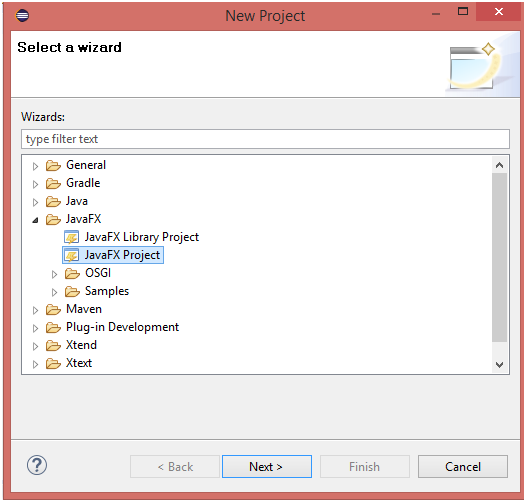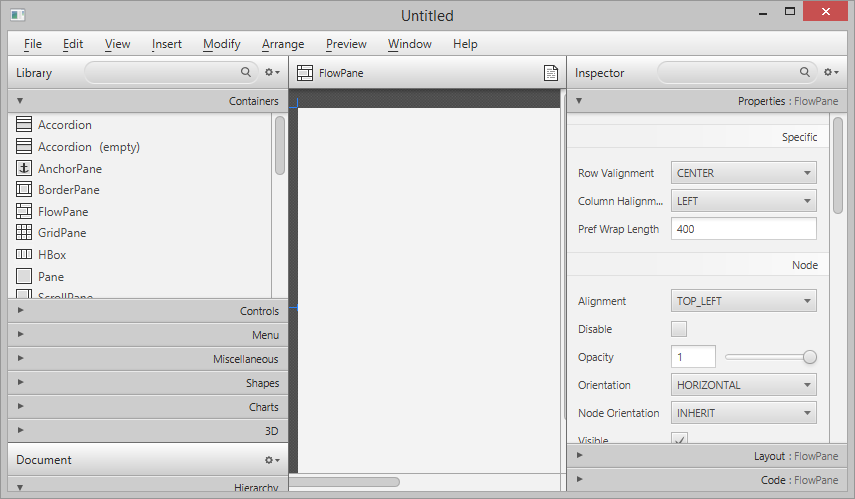

The section below shows how to create a plain JavaFX window. We can now use the JavaFX library to create JavaFX Applications.

Select all JavaFX jar files located in the lib directory of the extracted files.įinally, you should have a window similar below. Go to the lib directory of the JavaFX files extracted earlier. Select the created library then click Add External JARs… Add user libraries window.Ĭlick New… then enter JavaFX as the User Library name. On the left side, expand Java -> Build Path then click User Libraries.

Open Eclipse IDE then go to Window -> Preferences. I created a folder in my C drive name Java libraries and I extracted the JavaFX files in it.Ĭreate a User Library of JavaFX in Eclipse.

I then extracted the JavaFX files in this folder. This folder will also serve as my repositories for other Java libraries I might need in the future. In my case, I created a folder in my drive C named Java Libraries. Unlike the first two software (Java SDK and Eclipse IDE) installed earlier, JavaFX does not come with ready to run installer.Įxtract the downloaded JavaFX zip file to a preferred directory. Set your desired Workspace or just accept the default.Ĭheck and install for updates. Eclipse IDE auto detects per-installed Java SDK (JDK). The Eclipse IDE installer auto-detected the installed Java SDK as shown below. Install Eclipse IDEĬhose Eclipse IDE for Java Developers Choose Eclipse for Java Developers. Just run the installer and accept all default settings. It’s my practice to install Java SDK first as most third party editors, based on my observation, automatically configure themselves to use the installed Java SDK.įor this post, I’ll be using the executable installer as it is more convenient specially for beginners. This post covers the Windows 10 installation of Java, JavaFX and Eclipse IDE and configuring them to work together.


 0 kommentar(er)
0 kommentar(er)
